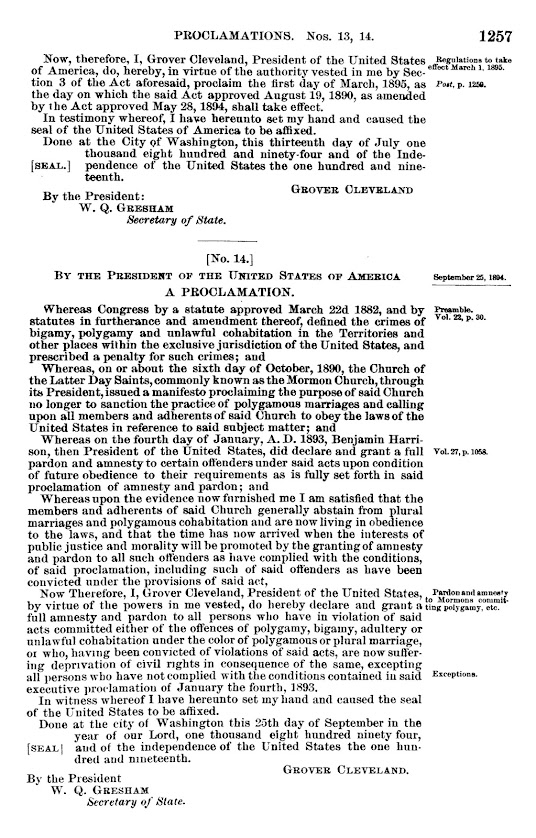On This Date In History
On September 25, 1789, the first Congress of the United States approves 12 amendments to the U.S. Constitution, and sends them to the states for ratification. The amendments, known as the Bill of Rights, were designed to protect the basic rights of U.S. citizens, guaranteeing the freedom of speech, press, assembly, and exercise of religion; the right to fair legal procedure and to bear arms; and that powers not delegated to the federal government were reserved for the states and the people.
Influenced by the English Bill of Rights of 1689, the Bill of Rights was also drawn from Virginia’s Declaration of Rights, drafted by George Mason in 1776. Mason, a native Virginian, was a lifelong champion of individual liberties, and in 1787 he attended the Constitutional Convention and criticized the final document for lacking constitutional protection of basic political rights. In the ratification process that followed, Mason and other critics agreed to approve the Constitution in exchange for the assurance that amendments would immediately be adopted.
In December 1791, Virginia became the 10th of 14 states to approve 10 of the 12 amendments, thus giving the Bill of Rights the two-thirds majority of state ratification necessary to make it legal. Of the two amendments not ratified, the first concerned the population system of representation, while the second prohibited laws varying the payment of congressional members from taking effect until an election intervened. The first of these two amendments was never ratified, while the second was finally ratified more than 200 years later, in 1992.
On September 25, 1894, President Grover Cleveland issues a presidential proclamation pardoning Mormons who had previously engaged in polygamous marriages or habitation arrangements considered unlawful by the U.S. government. At the time, and to this day, plural marriages between one man and multiple women; one woman and multiple men; or multiple men and women are illegal in the United States.
In October 1890, under increasing social and political pressure, the president of the Church of Latter Day Saints (LDS) had issued his own manifesto claiming that Mormons would no longer sanction the practice of polygamous marriage. In 1893, then-President Benjamin Harrison pardoned those Mormons who had been in polygamous marriages on the condition that they and their fellow church members stick to monogamy from then on.
In September 1894, Cleveland decided that convicted polygamists from the Church of LDS had since mended their ways. His proclamation ensured that their property and civil rights, which had been taken away during the government’s efforts to weed out polygamy in the Utah territory, were restored. Still, the U.S. government continued to monitor the Mormon community closely for possible violations of polygamy laws.







No comments:
Post a Comment